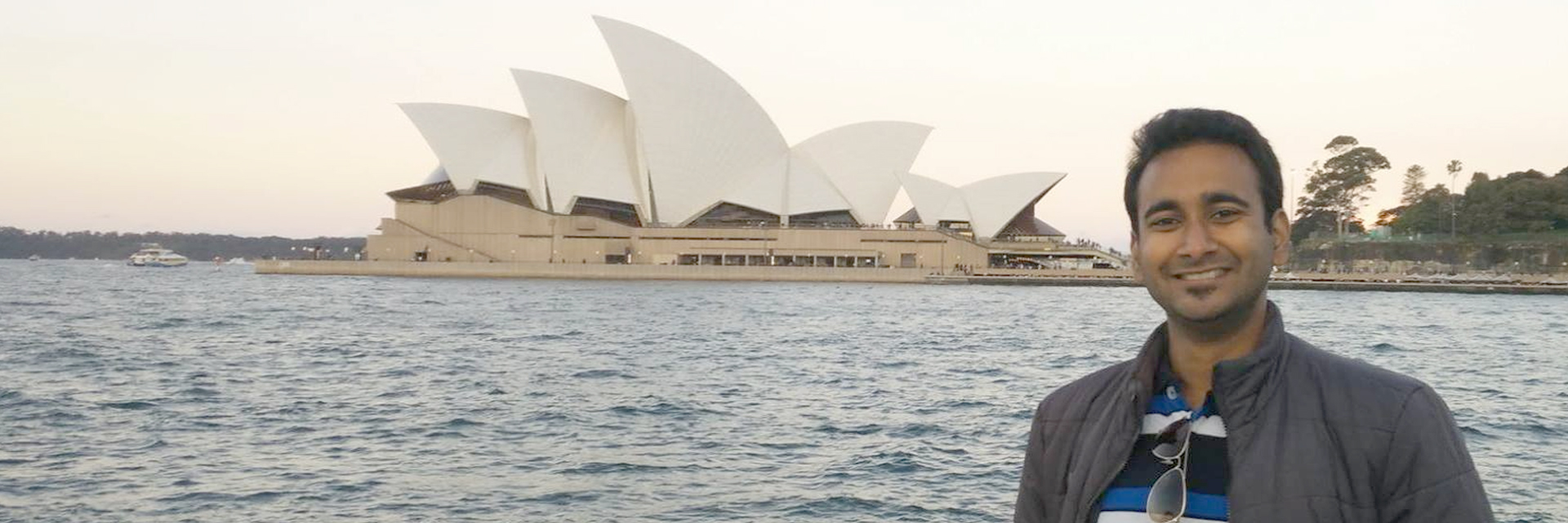(October 15, 2023) Having spent all of his afternoons with his grandfather after returning from school, Aditya Chaudhary formed a beautiful bond with him. With working parents, Aditya would spend hours with his grandfather listening to stories. But chinks in the quality time started appearing when his grandfather was diagnosed with Parkinson’s, and soon it advanced to a stage where he had difficulty in communicating and started imagining things. Being the primary caretaker, Aditya would see his grandfather struggle with communication and often wondered if there was a way that he could comprehend his grandfather’s thoughts. However, that couldn’t happen as he lost him shortly but the ache to do something for patients of Parkison’s led the Delhi-based teen to come up with a solution in NeuroSight, a non-invasive headset that could help paralysed and neurological patients convert their thoughts into text.
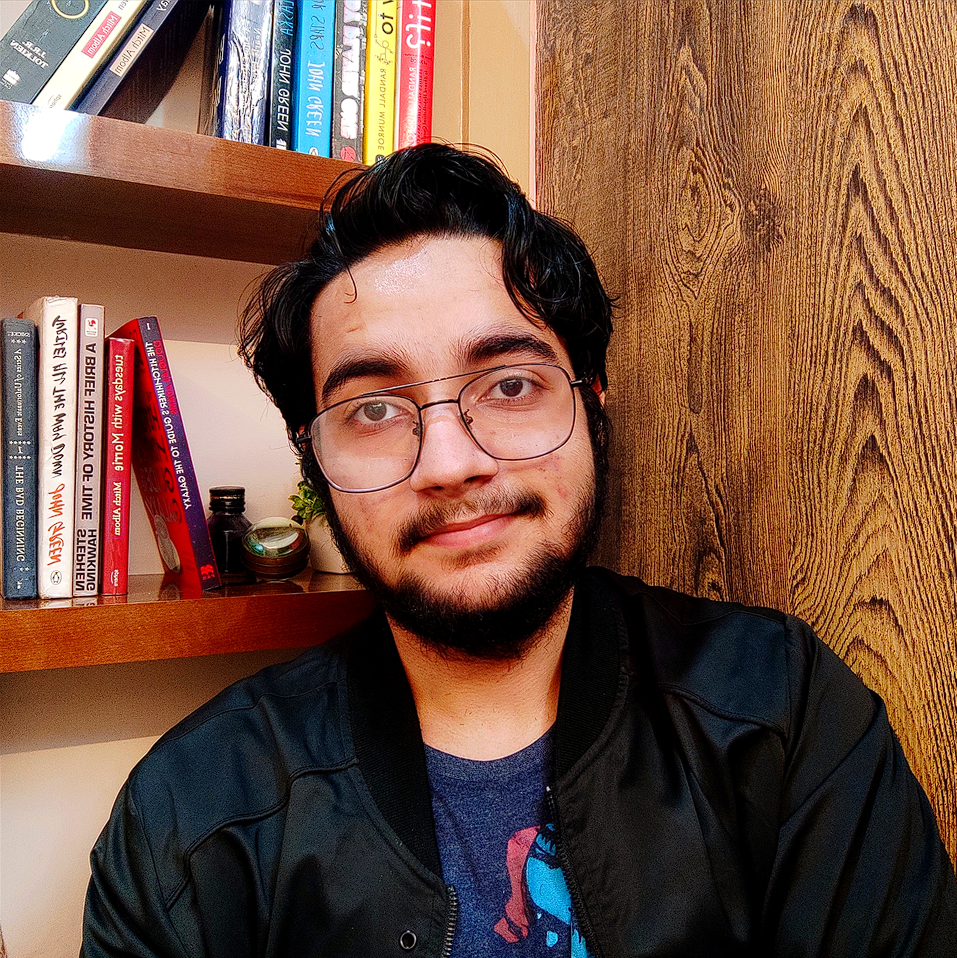
Aditya Chaudhary
An innovation for the patients of Parkinson’s
“My grandfather’s condition nudged me to think about other patients with Parkinson’s. While I was always interested in STEM, it was after this that I started getting more interested in the neurological aspect, and it motivated me to start a startup Grey Horizon, a venture into low-cost neuroimaging,” Aditya tells Global Indian, adding, “We created a device NeuroSight that can convert thoughts into words.”
In India, more than 7 million people currently suffer from Parkinson’s and Aditya was keen to find a solution, that was low-cost and effective. The idea stemmed from his grandfather’s condition, and for months, he did research to understand but it was in 2022 that Grey Horizon and NeuroSight came into actualisation. Aditya explains that the research behind neuroimaging has been happening since the 1950s, however, it hasn’t translated into anything concrete that can be put into daily use. “However, Elon Musk’s Neuralink is one of the breakthroughs that has happened in this space recently, however, it is invasive where you surgically implant electrodes in the brain that reads the data that your brain is firing. However, we wanted something non-invasive, portable, and in real-time. So, we opted for EEG and merge it with the AI and ML, and use the technology in the form of a headset,” adds Aditya saying that while searching for electrodes for EEG, he came across many which costs between ₹30,000 to ₹1 lakh. “We decided to come up with our headset under the budget of ₹5000.” With the help of the sensors and electrodes, it collects data from the patient’s brain and relays it to an app used by the patient’s family member or caretaker. “The data from imaginary cortex and visual cortex is mapped out on a graph, and try to read them through AI and ML in real-time.”
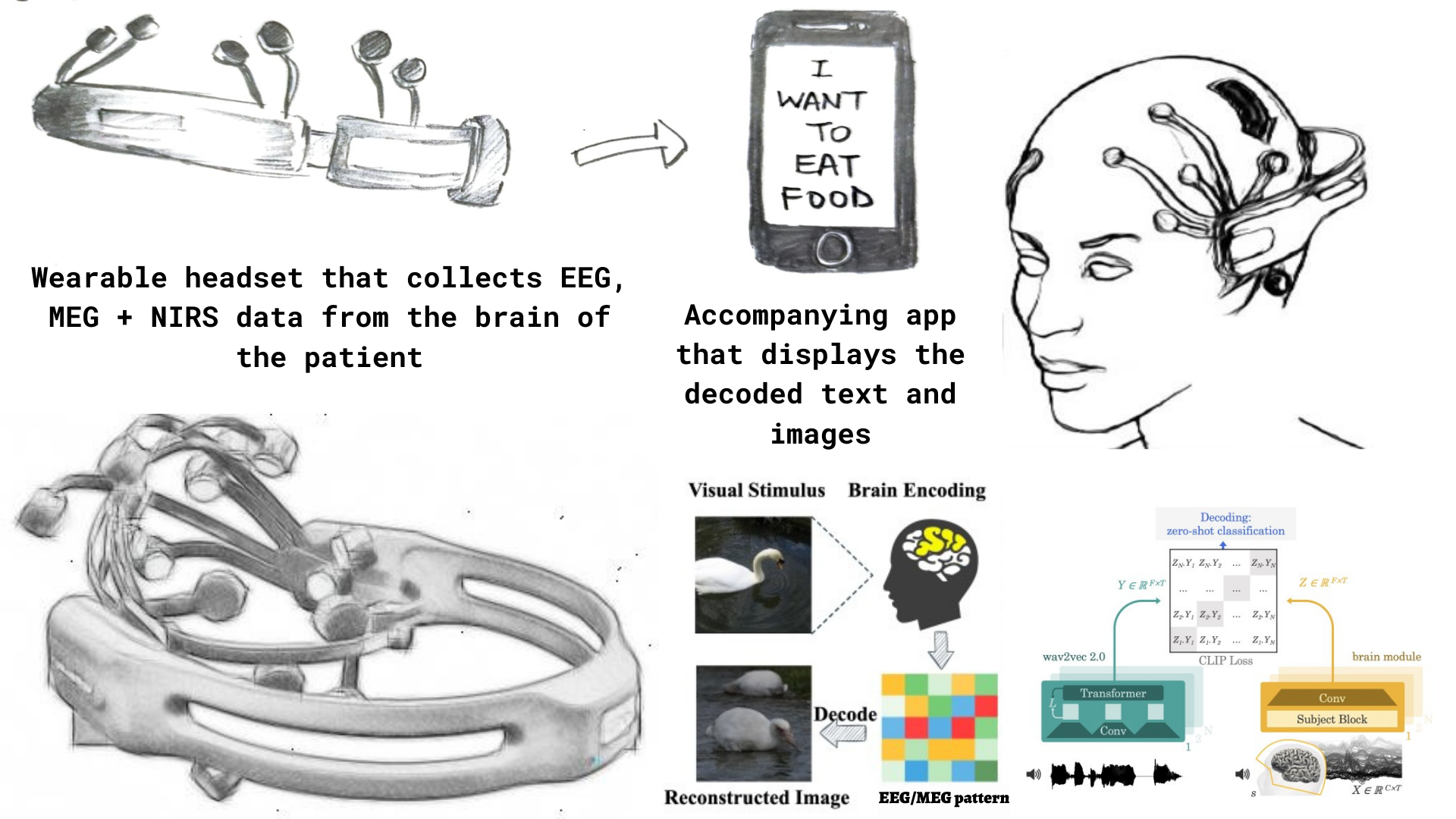

It was in early 2023 that Aditya started working on the prototype, which is in the process of fine-tuning. “We are now working on getting the data converted into text in real-time – as in the same second that the thought arises in the patient’s mind.” He reveals that it began as a research paper – which won acclaim from The Hong Kong Academy of Sciences – and later turned into hardware with NeuroSight. Now, Aditya and his team are trying to take this a notch higher by converting thoughts into actions, using prosthetic/robotic arms. “We wanted to focus on functionality as well since you can’t control your muscles in Parkinson’s because of the involuntary muscle movement. We recently pitched the robotic arm at one of the innovation and science fairs. We are now looking for mentorship in regards to advanced research behind neuroimaging that can validate our technology and work with people who can help convert the hardware into a minimum viable product.”
Personal setbacks led to the formation of a platform
However, it wasn’t an easy road for Aditya as he had to face many rejections to reach where he is now. “I started late, and that’s a regret that I have. I could have done much more, but it took me a while to figure out, and now I am putting the pedal on the gas and accelerating the progress,” says the teen, who had a hard time figuring out the right opportunities during his school time.
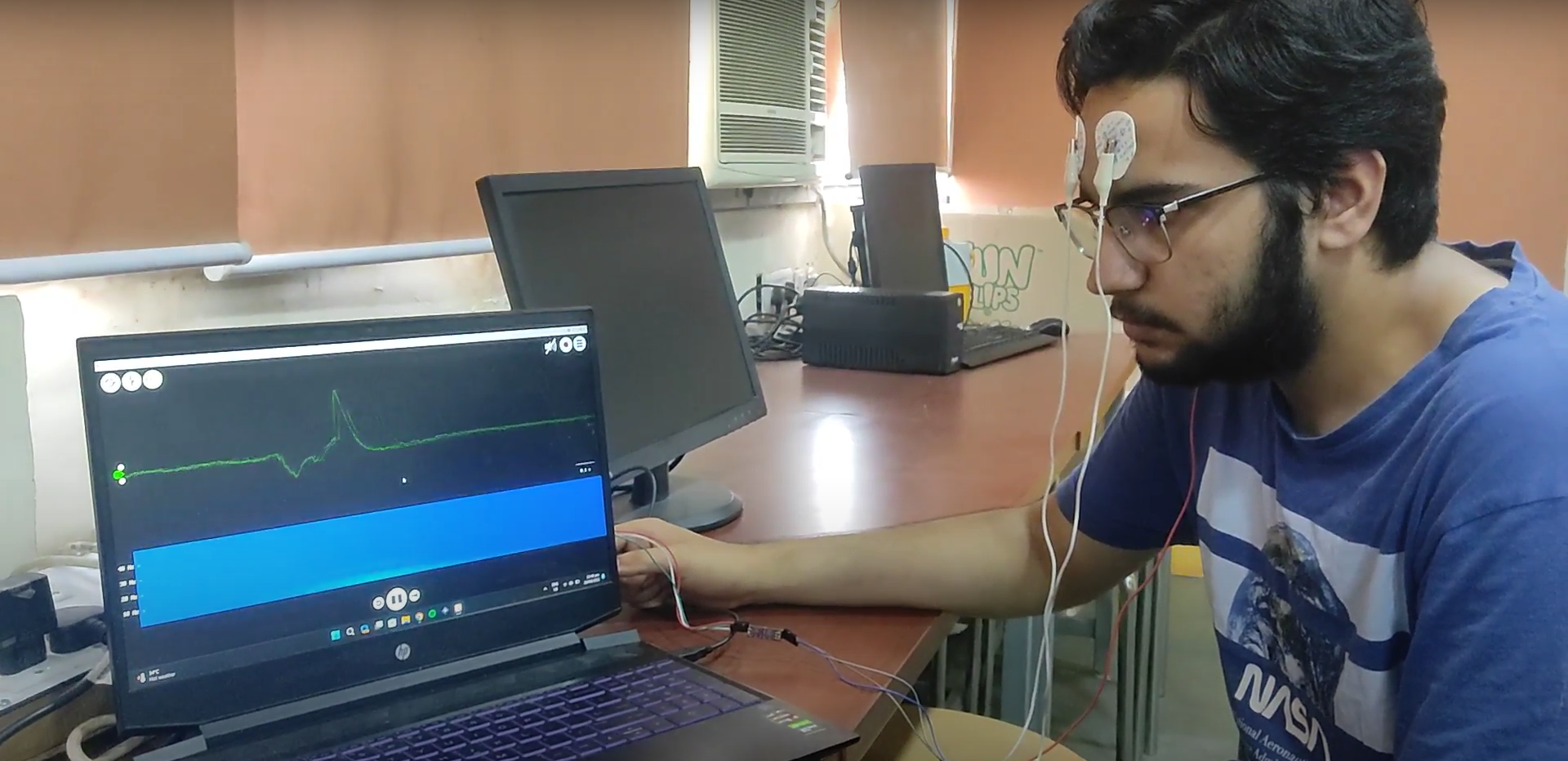

Being the one who learned the hard way, he was keen to help aspiring innovators who, like him, didn’t know where to begin. This led him to start Kalam, a platform to help students access meaningful opportunities where they can convert their ideas into innovations. “We started it as an opportunity access but now plan to see it as a Y-combinator for high school students where they can convert ideas into actual startups,” says Aditya, who is keen to make “a genuine impact.”
Though the NeuroSight prototype is still undergoing a handful of upgradations, Aditya wants the technology to reach the maximum people, once it becomes a viable product that can be placed in the market. Moreover, he is keen to expand the horizon by integrating the technology for gaming purposes. “You can control the gaming outplay with your thoughts. NeuroSight can move to other commercial aspects as well like mindfulness app,” reveals the teen who is in talks with a bunch of accelerators pitching his ideas.
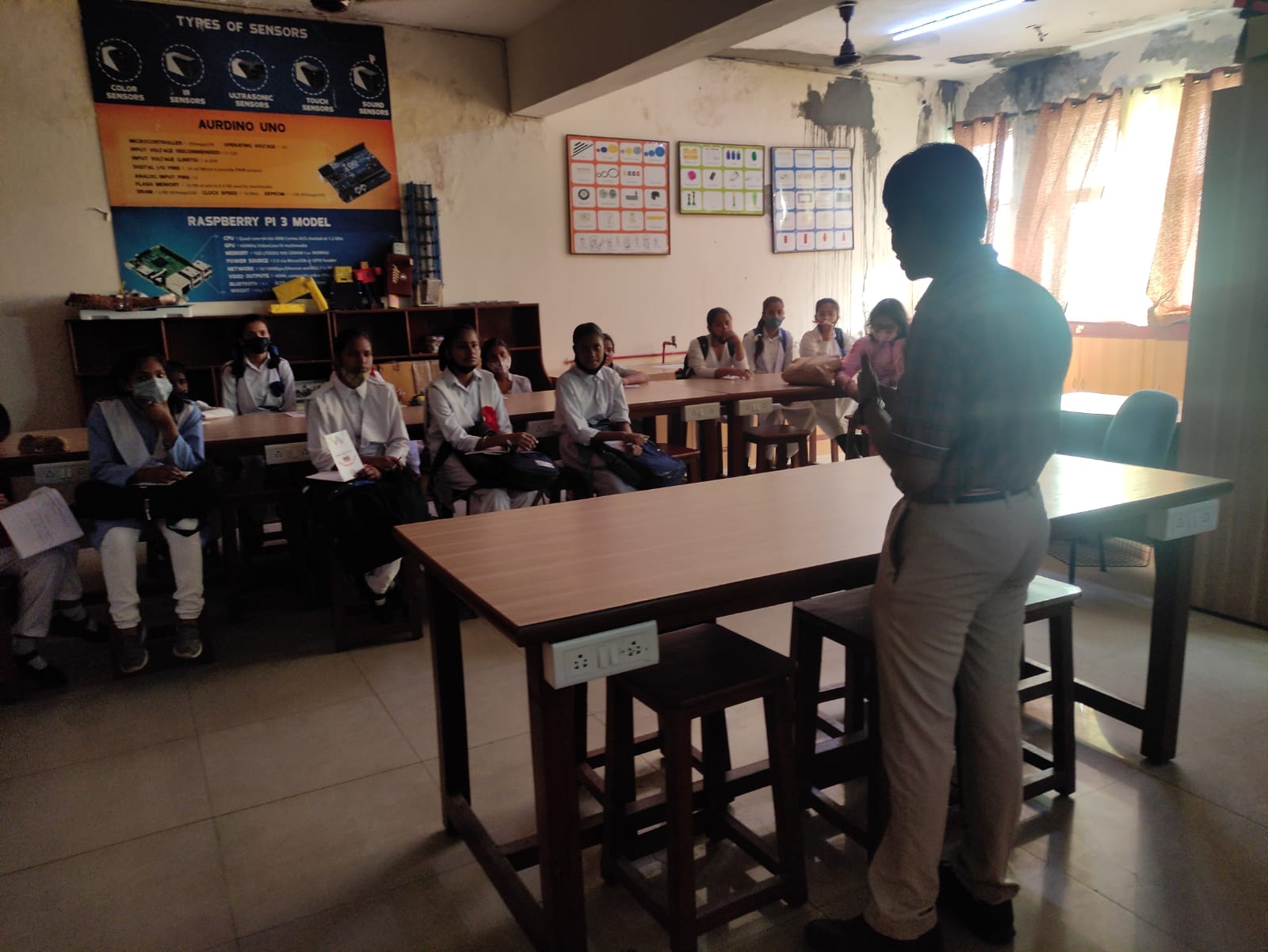

Aditya, who calls himself a cinephile and a bibliophile, has a personal library of over 100 books that he has collected over the years from book markets. Along with innovation, storytelling is close to his heart, and an area that he wants to explore shortly.
The teen, who passed out of school early this year, is using this year to explore more opportunities before applying for MIT and the California Institute of Technology next year. “Engineering students have only one dream – to crack JEE. But I don’t want to restrict myself and explore as many possibilities as I can. I am giving my all to leave a mark in the world of innovation,” he signs off.




